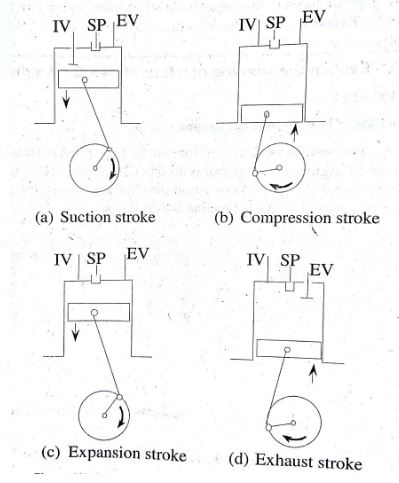Thermal expansion is the change in the size or shape of a material as a result of a change in temperature. The thermal expansion of a material can be calculated using the following formula:
ΔL = α * L * ΔT
where:
- ΔL is the change in length of the material
- α is the coefficient of thermal expansion of the material
- L is the original length of the material
- ΔT is the change in temperature of the material
The coefficient of thermal expansion (α) is a material property that is specific to each material and is typically measured in units of length per unit length per degree Celsius (e.g. meters per meter per degree Celsius). It represents the fractional change in length of the material per unit change in temperature.
To calculate the thermal expansion of a material, you need to know the coefficient of thermal expansion of the material, the original length of the material, and the change in temperature of the material. Using these values, you can plug them into the formula above to calculate the change in length of the material due to thermal expansion.
For example, if you have a steel rod with a length of 1 meter and a coefficient of thermal expansion of 12 x 10^-6 /°C, and the temperature of the rod increases by 100°C, the change in length of the rod due to thermal expansion would be:
ΔL = (12 x 10^-6 /°C) * (1 m) * (100°C) = 0.012 m
The thermal expansion of a material can also be calculated for changes in other dimensions, such as width or height, using similar formulas.
Frequently asked questions
1.What is thermal expansion, and why is it important to calculate?
Thermal expansion is the increase in size or volume of a material in response to a change in temperature. It is important to calculate as it helps predict how materials will expand or contract under different temperature conditions, crucial in engineering and construction.
2.What is the formula for linear thermal expansion?
The formula for linear thermal expansion is ΔL = αL₀ΔT, where ΔL is the change in length, α is the coefficient of linear expansion, L₀ is the original length, and ΔT is the change in temperature.
3.How do you calculate the volumetric thermal expansion?
The formula for volumetric thermal expansion is ΔV = βV₀ΔT, where ΔV is the change in volume, β is the coefficient of volumetric expansion, V₀ is the original volume, and ΔT is the change in temperature.
4.What is the coefficient of thermal expansion?
The coefficient of thermal expansion (α or β) is a measure of how much a material will expand or contract for each degree change in temperature. It is specific to each material and is expressed in units of per degree Celsius (°C) or per Kelvin (K).
5.How is the coefficient of thermal expansion determined experimentally?
The coefficient of thermal expansion is determined experimentally by measuring the change in dimensions of a material as the temperature is varied and then using the appropriate formula to calculate the coefficient.
6.Is thermal expansion the same for all materials?
No, different materials have different coefficients of thermal expansion. Some materials expand or contract more than others when subjected to temperature changes.
7.Can thermal expansion cause structural issues in buildings?
Yes, thermal expansion and contraction can cause structural issues in buildings, especially when materials with different coefficients of expansion are used together. Proper engineering and construction techniques account for these effects.
8.What are some real-world examples of thermal expansion?
Real-world examples of thermal expansion include the expansion joints in bridges, the gaps between railroad tracks, and the design of certain materials in spacecraft to accommodate temperature changes in space.
9.How does thermal expansion affect everyday objects?
Everyday objects, such as metal pipes, bridges, and even pavement, can be affected by thermal expansion. Without proper design considerations, they may warp, crack, or develop gaps when exposed to temperature variations.
10.Can thermal expansion be used in practical applications?
Yes, thermal expansion is utilized in practical applications, such as the functioning of bimetallic strips in thermostats, the design of certain types of bridges, and the accurate measurement of temperature using specific devices like mercury thermometers.
